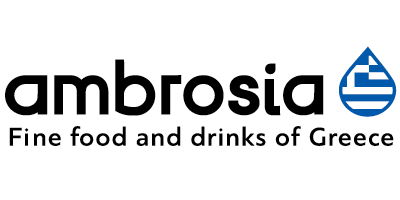For the first time in decades, olive oil consumption is expected to exceed production by about 200,000 tons. On hearing this assessment, prices in Spain —where analyst Juan Villar, who signs the report, comes from— increased, forming an almost vertical curve. According to Mr Villar, prices, at least for the Koroneiki variety (an essentially Greek variety, high in yield, which is cultivated all across the world) will move, at least for the first weeks of the new period, to over €3 per kilo.
The Greek olive oil market
Meanwhile, in the Greek market, the price of €3.80 per kilo for early harvest olive oil was consolidated even as factories are opening, one after the other across the country, to welcome this year’s production. Things so far show a high rate of yield, i.e. a larger volume of olives required to produce one kilo of olive oil, at a time when olive growers are rushing to harvest at the earliest possible for fear of a possible widespread dacus infestation observed in some groves.
All evidence suggests that this year’s production will be smaller than the one determined by first estimates, around 280,000 tons.
Within this context, and as the first volumes of basic production are expected to reach the market in early November, everything points to the fact that trade prices have the potential to reach several cents above the psychological limit of €3 a kilo. In neighboring Italy, production is expected to fall by at least 26%, as it will barely exceed 235,000 tons according to the latest estimates, with production centers in southern Italy, such as Puglia and Salerno, likely to experience approximately 50% decrease.



















